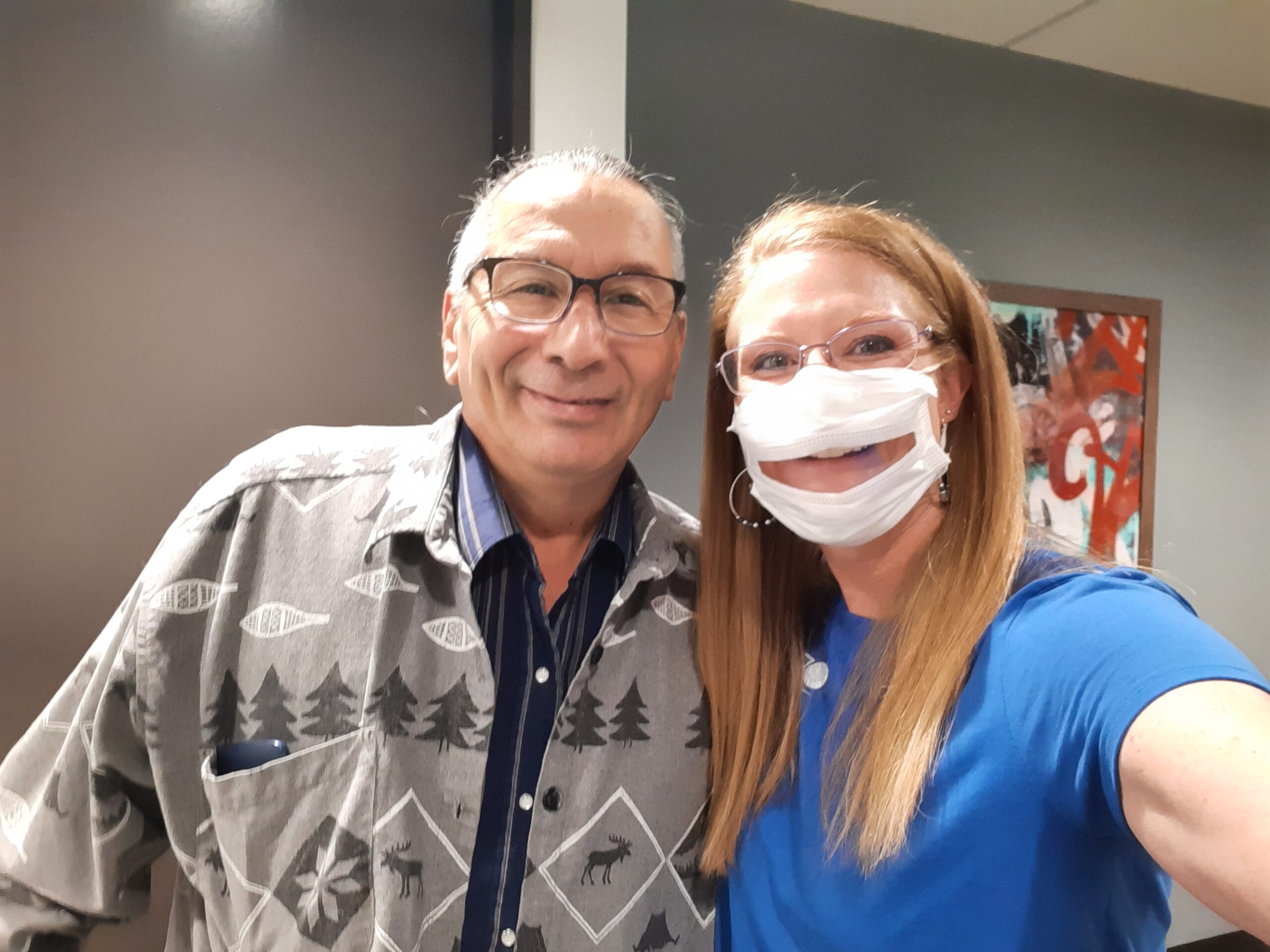
Keeping you connected to the people and moments that matter most.
Dusty Jessen, Au.D.
Doctor of Audiology and practice owner, Dr. Jessen brings 20+ years of passion and expertise to her patients. She is known and respected throughout the industry for her contributions to patient education and her heart for service.
Brenda A. Garcia, BC-HIS
As a Board Certified Hearing Instrument Specialist, Brenda brings 20+ years of hearing and tinnitus experience to Columbine Hearing Care. Her expertise with hearing aid technology is matched by her genuine concern for each and every patient.
Audiologists and Hearing Aids in Littleton, CO
Personalized & Professional Hearing Care at
Littleton’s Premier Audiology and Hearing Aid Clinic
At Columbine Hearing Care, we pride ourselves on providing personalized hearing and communication solutions. Dr. Dusty and Brenda both have close family members with hearing loss, so they understand the frustrations that can go along with it. Every patient is treated like family as we work together with our patients, and their family members, to find the best solutions for everyone. We will do everything in our power to keep you connected to the people and moments that matter most.

Best Practices
We exceed industry best practice standards during every step of the hearing evaluation and treatment process and are proud members of Dr. Cliff’s Hearing Up Network.

State-of-the Art Testing
Our comfortable sound booth and advanced diagnostic equipment allow us to take accurate measurements of your hearing abilities.

Happy Patients
Our patients become like family to us as we work together to make sure you stay connected to the people and moments that matter most.
Giving Back to our Community
Hearing the Call – Colorado

$10
per Hearing Aid
$100
per Referral
Columbine Hearing Care is proud to partner with Hearing the Call, a non-profit organization committed to making hearing care accessible to those who need a hand UP, both globally and locally.
The Columbine Shares program allows all of our patients to contribute to this wonderful cause. For every hearing aid purchased, we will donate $10 to Hearing the Call. And for every person our patients refer to us, we will donate an additional $100!
Premium Technology
+
Personalized Care
=
Happy Patients

“She took the time to really understand what I was looking for.”

Just Ask Our Patients!




Academy of Rehabilitative Audiology
